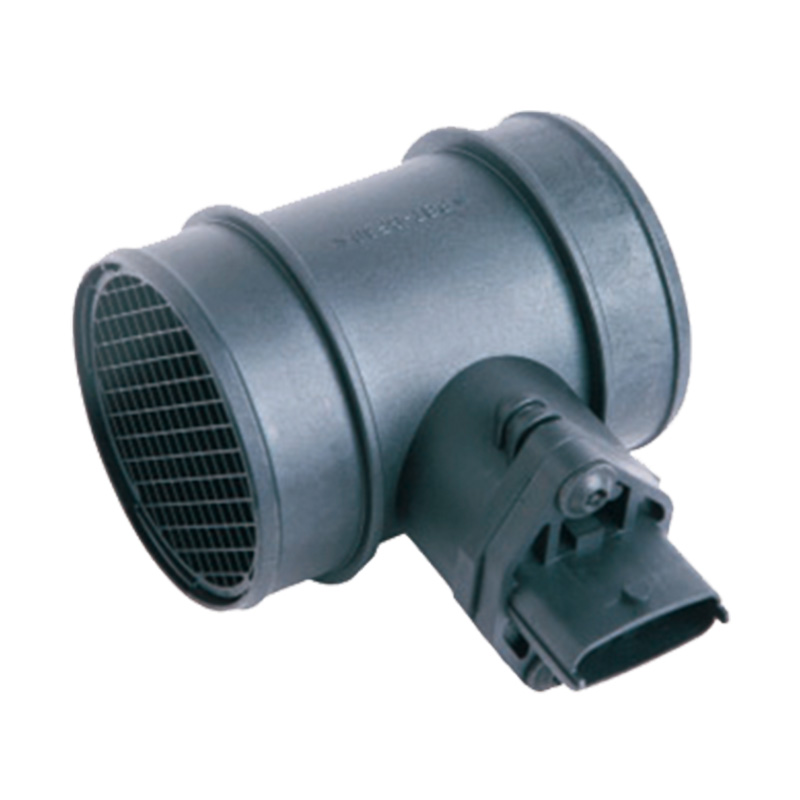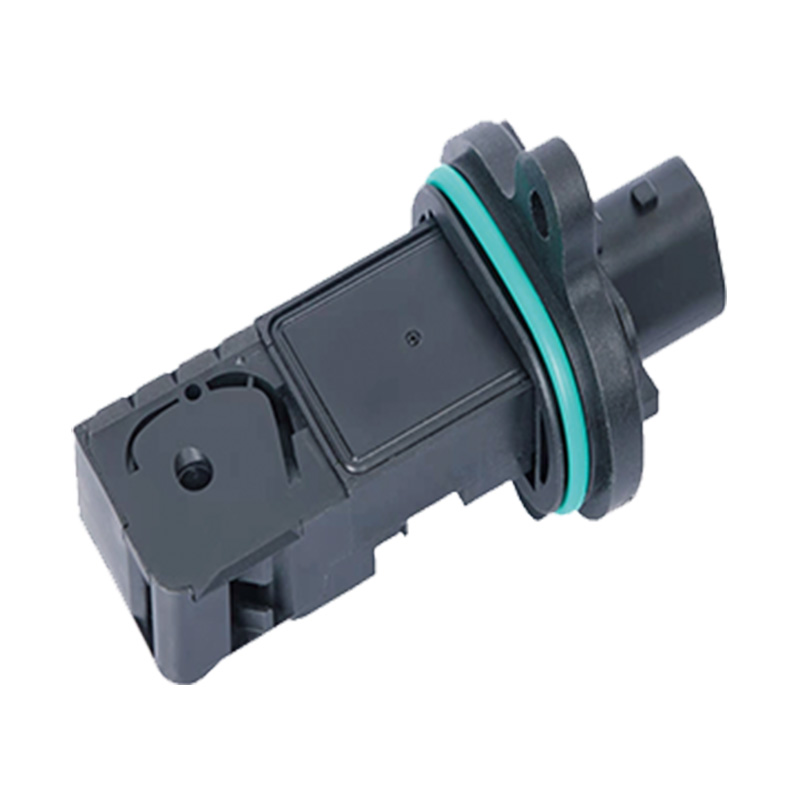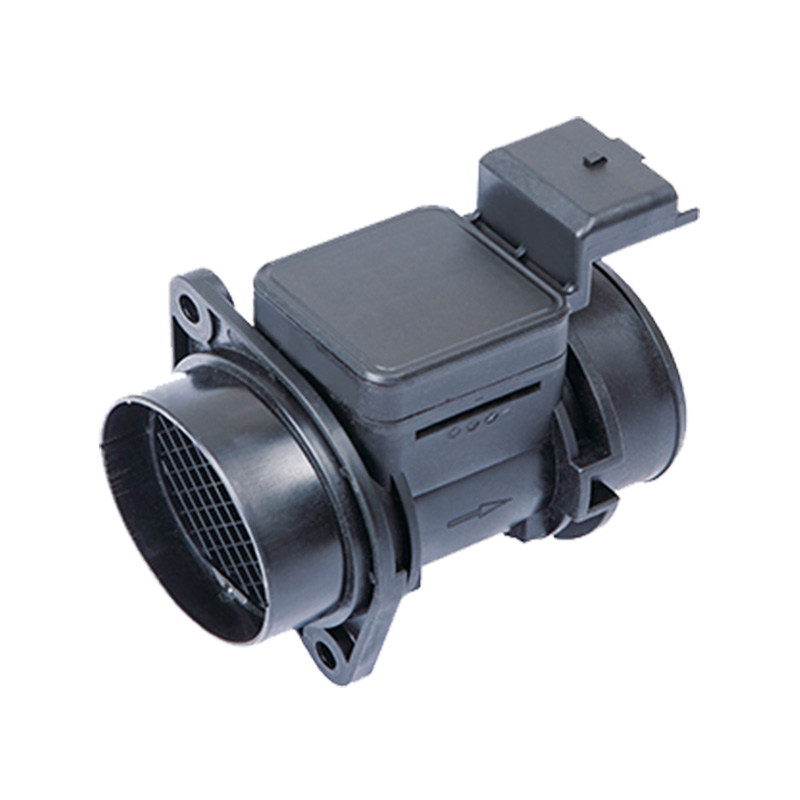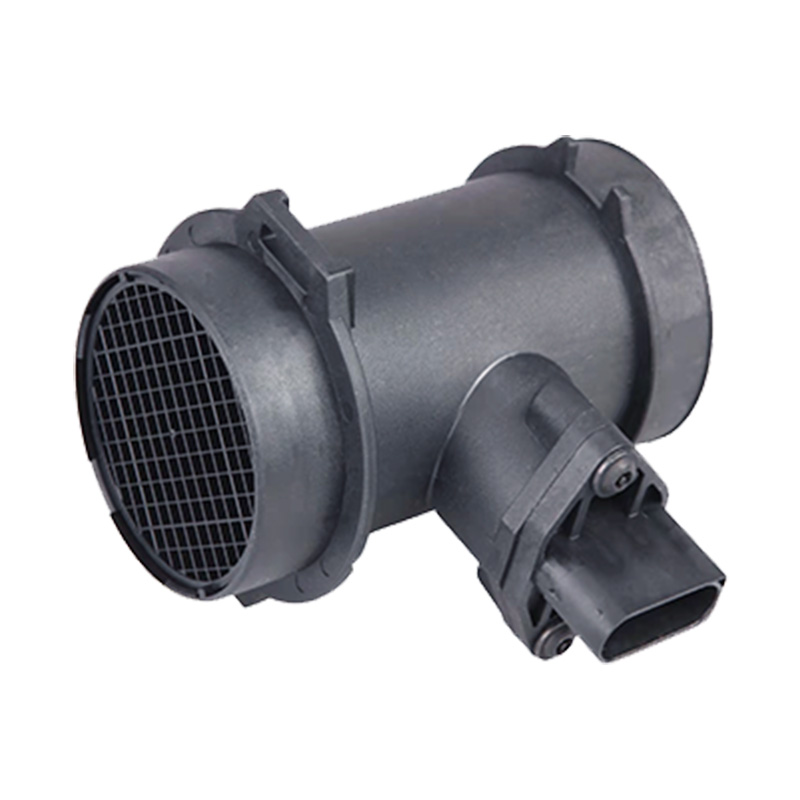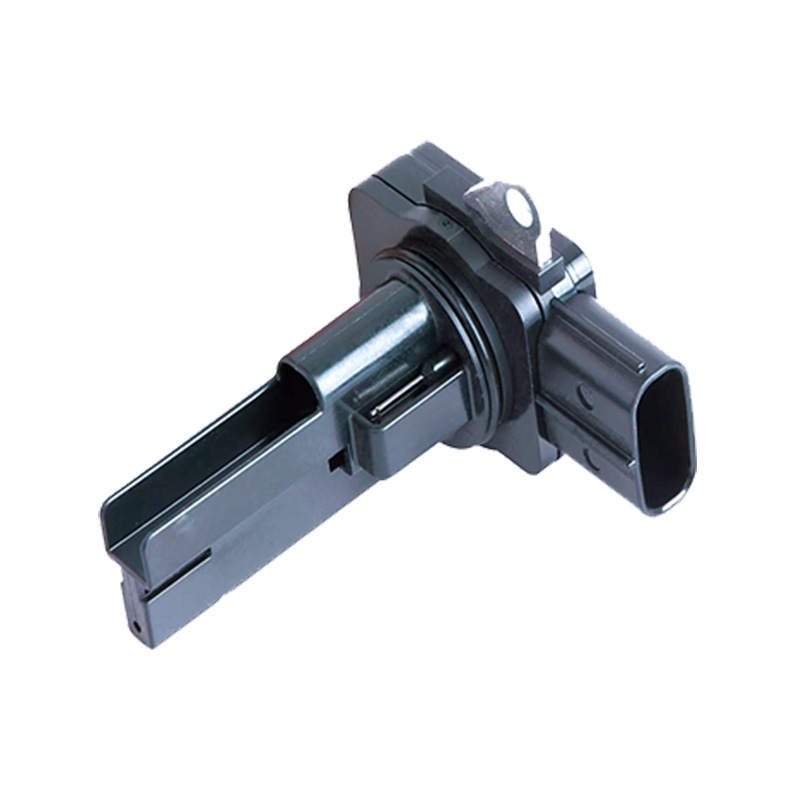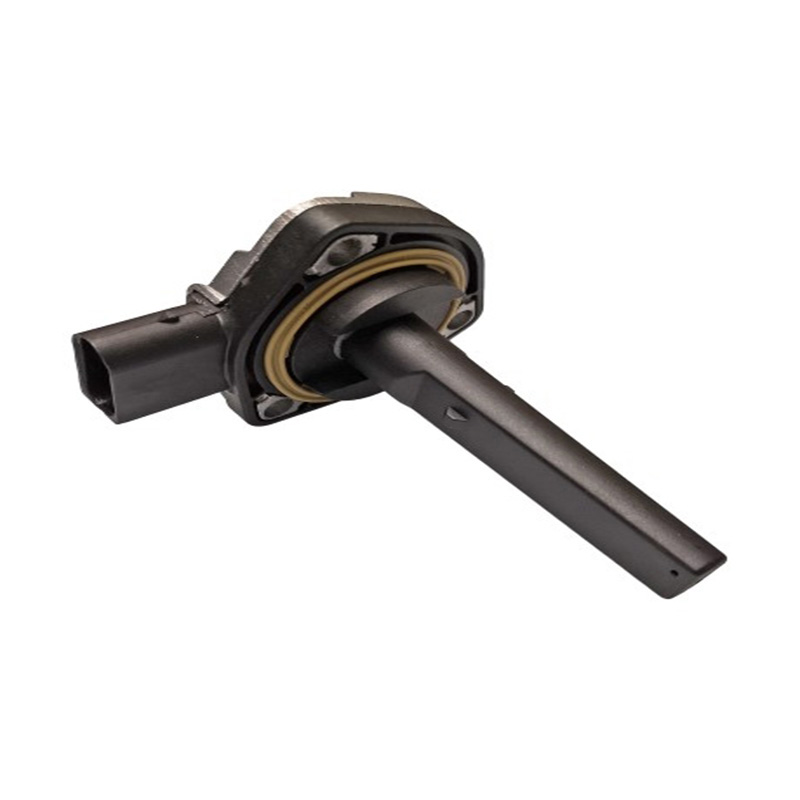OEM.NO: 0281 002 180
See DetailsThe Reliability of Wireless Tire Pressure Monitors and Bluetooth Tire Pressure Monitoring Systems
In the ever-evolving landscape of automotive technology, wireless tire pressure monitors and Bluetooth tire pressure monitoring systems have emerged as innovative solutions for enhancing vehicle safety and performance. But how reliable are these systems in providing accurate tire pressure information to drivers?
Understanding Wireless Tire Pressure Monitors:
Wireless tire pressure monitors are standalone devices designed to measure the air pressure inside vehicle tires without the need for physical connections to the vehicle's onboard systems. These monitors typically consist of individual sensors installed on each tire's valve stem or inside the tire itself, which wirelessly transmit tire pressure data to a central receiver unit or a compatible display device.
Exploring Bluetooth Tire Pressure Monitoring Systems:
Bluetooth tire pressure monitoring systems, on the other hand, leverage Bluetooth technology to wirelessly transmit tire pressure data from sensors installed on each tire to a paired smartphone or dedicated display unit. These systems offer seamless connectivity and real-time monitoring capabilities, allowing drivers to access tire pressure information directly on their mobile devices or vehicle dashboards.
Assessing Reliability:
Accuracy of Tire Pressure Readings:
The reliability of wireless tire pressure monitors and Bluetooth TPMS hinges on the accuracy of the tire pressure readings they provide. While both systems are capable of delivering precise measurements under ideal conditions, factors such as sensor calibration, signal interference, and environmental variables can affect accuracy. Regular calibration and maintenance are essential to ensure consistent and reliable tire pressure readings.
Signal Strength and Connectivity:
Another critical aspect of reliability is the strength and stability of the wireless signal between the tire pressure sensors and the receiver unit or paired device. Bluetooth tire pressure monitoring systems rely on Bluetooth connectivity, which may be susceptible to signal interference or range limitations. Ensuring a strong and stable connection is essential for reliable data transmission and real-time monitoring.
Battery Life and Sensor Durability:
The reliability of wireless tire pressure monitors also depends on the battery life and durability of the sensors. Long-lasting batteries and robust construction are essential for maintaining continuous monitoring and minimizing sensor failures or malfunctions. Regular battery checks and sensor inspections are recommended to identify and address any potential issues proactively.
Real-World Performance:
User Experience and Ease of Use:
The reliability of wireless tire pressure monitors and Bluetooth TPMS is also influenced by the user experience and ease of use. Intuitive setup processes, user-friendly interfaces, and clear instructions contribute to a positive user experience and enhance confidence in the reliability of the system.
Feedback and Support:
Reliable customer support and responsive feedback mechanisms are essential for addressing user concerns and resolving technical issues promptly. Manufacturers and service providers that offer robust customer support channels contribute to the overall reliability and trustworthiness of wireless tire pressure monitoring systems.
The reliability of wireless tire pressure monitors and Bluetooth TPMS depends on various factors, including the accuracy of tire pressure readings, signal strength and connectivity, battery life and sensor durability, user experience, and customer support. While these systems offer significant benefits in terms of convenience and real-time monitoring capabilities, ensuring their reliability requires regular maintenance, proper calibration, and proactive troubleshooting. By addressing potential challenges and leveraging advancements in technology, wireless tire pressure monitors and Bluetooth TPMS can continue to provide drivers with reliable tire pressure information to enhance safety and optimize vehicle performance.
